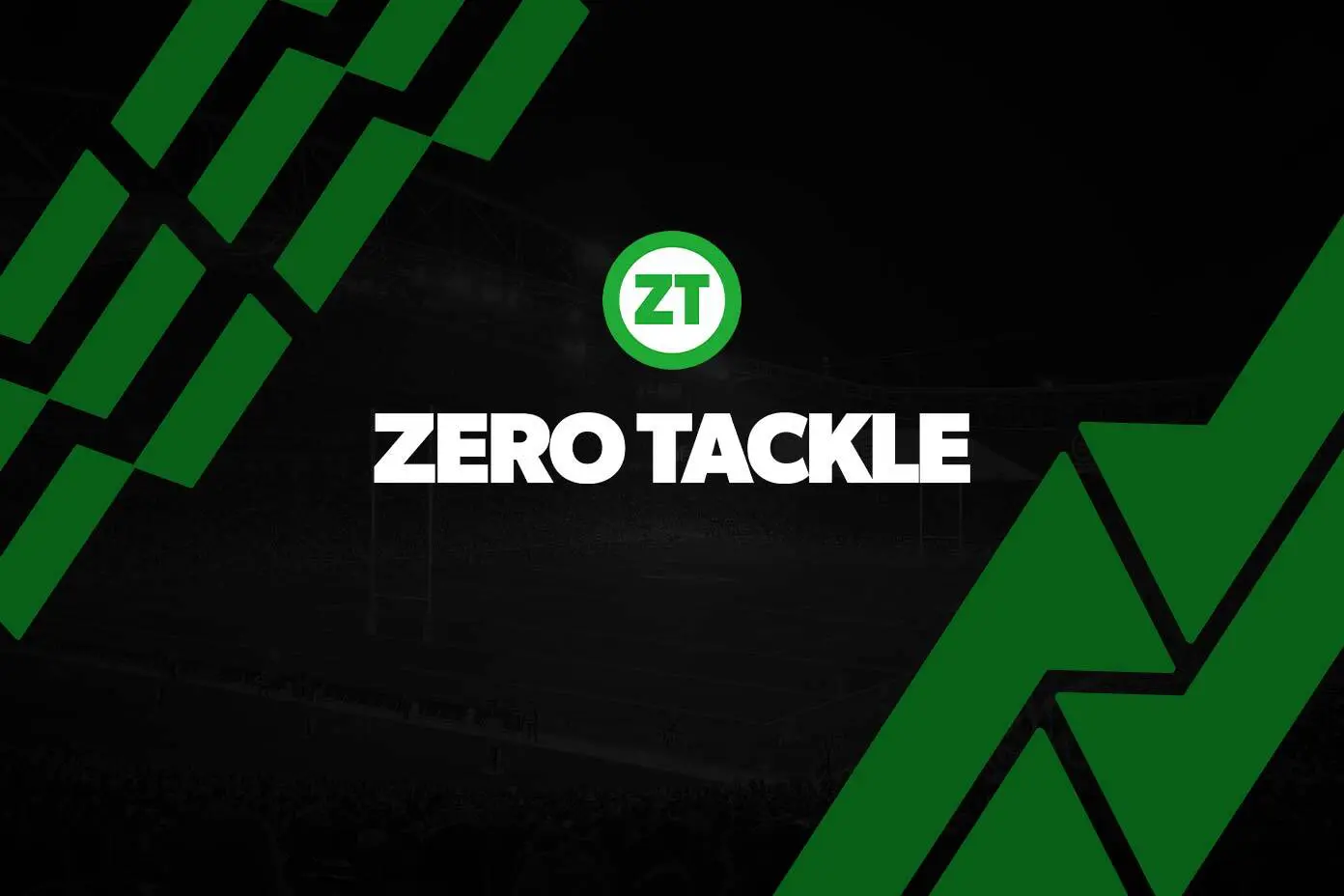In the grand tapestry of rugby league, the NRLW is a relatively new thread, vibrant with potential and the promise of growth.
This emerging league, despite its nascent stage, is not just surviving; it is poised to thrive, creating pathways and embodying aspirations for countless young girls passionate about rugby league.
Launched in 2018, the NRLW arrived over 110 years after its male counterpart, stepping into a landscape where women's participation in rugby league had been minimal at best.
This wasn't just the birth of a competition; it was a statement, a beacon for young girls who until recently, had minimal opportunity to engage with the sport they love at a competitive or professional level.
If you've ever been near netball and tennis courts on a Saturday morning, you'll find evidence that girls love sports just as much as boys. The common factor here is that netball has long been considered a female-centric sport, while women's tennis is (nearly) on par in terms of competitive significance globally.
Girls have so many netball and tennis role models that their participation skyrockets as a result. According to Clearing House for Sport Australia, Australia boasts big numbers when it comes to young female participation.
Other parity sports include swimming, athletics and gymnastics, all of which hold female stars on near-level platforms with the men.
With the recent elevation to fever-driven stardom for the Australian women's soccer team, the Matildas, soccer is witnessing ever-increasing female participation.
The NRLW opened doors, broke barriers and laid the foundation for what is rapidly becoming a significant part of the rugby league ecosystem.
Comparing the NRLW directly with the NRL serves little purpose beyond underscoring the obvious disparities in age, development and exposure. The NRL, with its century-plus history, enjoys deeply entrenched support systems, fan bases and financial structures.
The NRLW, in contrast, is still in its building phase, focusing on establishing its identity, expanding its reach, and nurturing long-overlooked talent.
Players like Ali Brigginshaw, Isabelle Kelly and Kezie Apps are not just athletes; they are pioneers, juggling professional careers, family responsibilities and the rigours of playing at an elite level.
The improvement in skill, intensity and competition is palpable with each passing season. These athletes embody resilience and dedication, setting the stage for the next generation of rugby league stars.
Social media is rife with armchair critics lambasting the NRLW's crowd attendance and TV ratings as indicators of its significance or lack thereof. Such metrics fail to capture the full picture.
Every season, the NRLW sees an uptick in viewership and game attendance, signaling growing interest and engagement from the public.
Notably, between 2020 and 2022, with the 2021 NRLW season cancelled because of COVID, there was an approximate 53% increase according to the SMH. That's potentially a lot more young girls seeing NRLW players on the screens and consequently identifying new sporting heroes to emulate.
The challenge isn't in the numbers but in changing perceptions and showcasing the NRLW as not just a counterpart to the NRL but as a standalone entity that offers something uniquely compelling.
The NRLW's media coverage and broadcast deals are signs of a league on the rise. Each game reaches wider audiences
The exposure is crucial, not just for the immediate growth of the league but for its long-term sustainability and for inspiring future generations of players and fans.
The criticisms levied at the NRLW often stem from a place of misunderstanding or, at times, a resistance to change. The comparison with the NRL, while inevitable to some degree due to the alignment with existing men's teams, misses the point.
The NRLW isn't trying to be the NRL; it is carving out its own niche, creating its legacy, and doing so with an eye towards inclusivity, equality and the celebration of women's rugby league.
The ATP (Association of Tennis Professionals) and the Women's Tennis Association (WTA) are two different entities in tennis. They focus on different parts of the tennis market and control their own business and sponsorship deals.
Supporters of men's tennis and women's tennis are generally the same people, however there will always exist that minor percentage of 'supporters' who will undermine the opposite gender's relevance.
The future is bright. The potential for growth within the NRLW is immense. With plans for expansion, increased investment in player development and a concerted effort to enhance the fan experience, the NRLW is on a trajectory that mirrors the early years of the NRL itself.
This growth is not just quantitative; it is qualitative, marking a shift in cultural attitudes towards women's sports and offering a platform for athletes who have long deserved recognition.
Considering how many sports are yet to give women an equal platform, rugby league is poised in a unique position with regard to capturing the affection and participation of young girls. What will prove to be pivotal as the years roll by, is how many sponsors take the pioneering plunge, and whether network executives are awake to the changing landscape.
Drawing direct comparisons between the NRLW and the NRL is to overlook the unique journey and the significant achievements of the women's league. The NRLW, though young, is mighty in its ambition and impact. It represents a shift in the sporting landscape, offering young girls a dream that was once deemed unattainable.
The NRLW is not just walking in the footsteps of the NRL; it is paving its own path, destined for its own brand of success and legacy.






